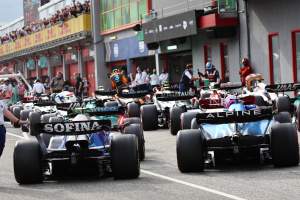Up Next

Formula 1’s first sprint race of the 2022 season was probably the best yet with Max Verstappen and Charles Leclerc twice exchanging the race lead while their respective team-mates charged to third and fourth from the lower reaches of the top 10.
But did the 21-lap sprint do enough to quash doubts over the format? And what still needs to change?
Our writers give their verdict.
This race told us nothing new about sprint races
Edd Straw
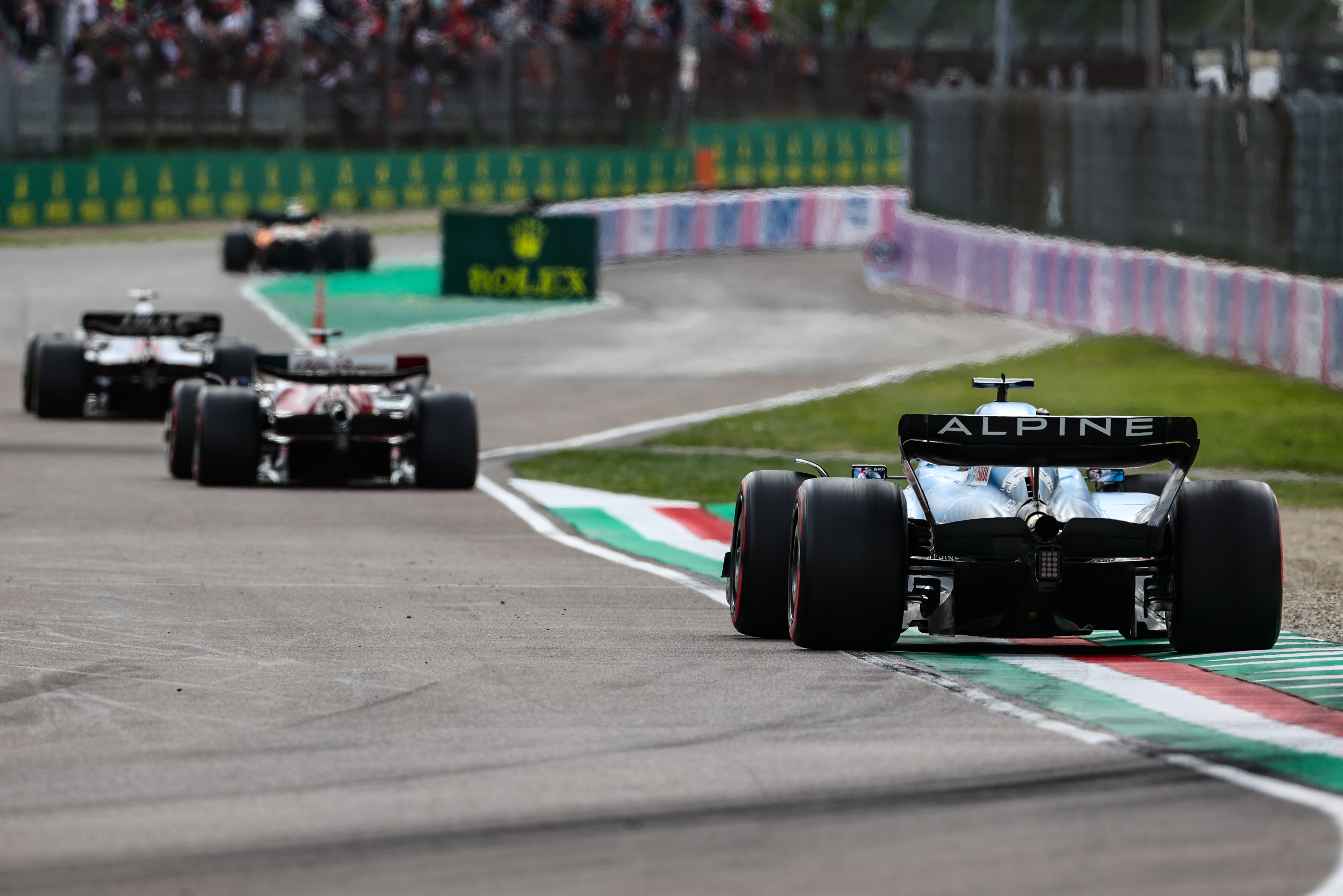
To all intents and purposes, the sprint format is identical this year. Yes, the fact there are more points available is a small change and there have been a few very minor tweaks, but the spectacle was much the same.
Ultimately, the sprint events work decently. They vary the weekend format, put the pressure on teams to think on their feet in terms of set-up given the lack of preparation time and today created an interesting race with a late pass for the lead. Sometimes the sprint race will create more disorder in the grid, although today it actually made the starting grid for the race more closely in line with dry-weather performance in the top half of the grid.
The sprint race is about the right length to hold the attention, falling short of the length needed to create the extra complexity of the grand prix itself and is a slightly different challenge for drivers. There are plenty of ways to improve the format, certainly, but this race has done nothing to change my impression last year that the format is neither brilliant nor awful, but a gentle positive somewhere in between those two extremes. After all, it creates more competition than the usual format with three free practice sessions.
The one mistake F1 keeps making is talking them up so aggressively that the sprints can’t possibly live up to it!
2022 cars made this the best sprint yet
Mark Hughes
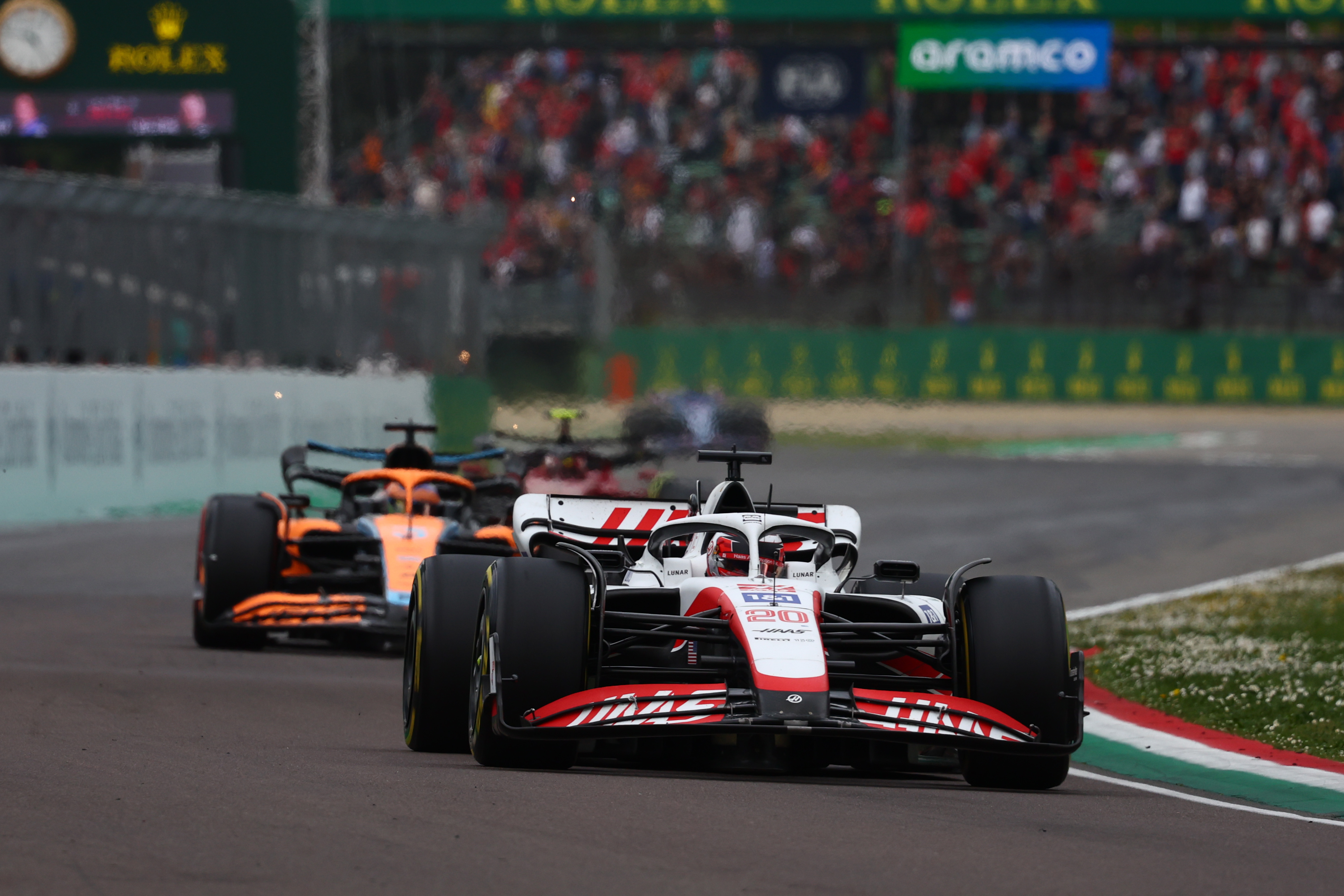
It was the most finely-balanced of the sprint races with building tension and an exciting ending. That this should happen around a track infamous for its difficulty in passing was all the more noteworthy.
Overtaking was difficult but possible between evenly matched cars – which is always the best point of balance.
It shouldn’t be forgotten that this was only made possible by the DRS zone and so isn’t 100% pure, but it should also be pointed out that this would not have been as interesting a race with last year’s cars.
It was their ability to follow closely into the DRS detection points and at the beginning of the straight which made the race. It didn’t have the drama of Lewis Hamilton charging through from the back, like in Brazil last year, but as a race for the win, this was surely the best sprint event so far.
Format flaws aided by circumstances
Valentin Khorounzhiy
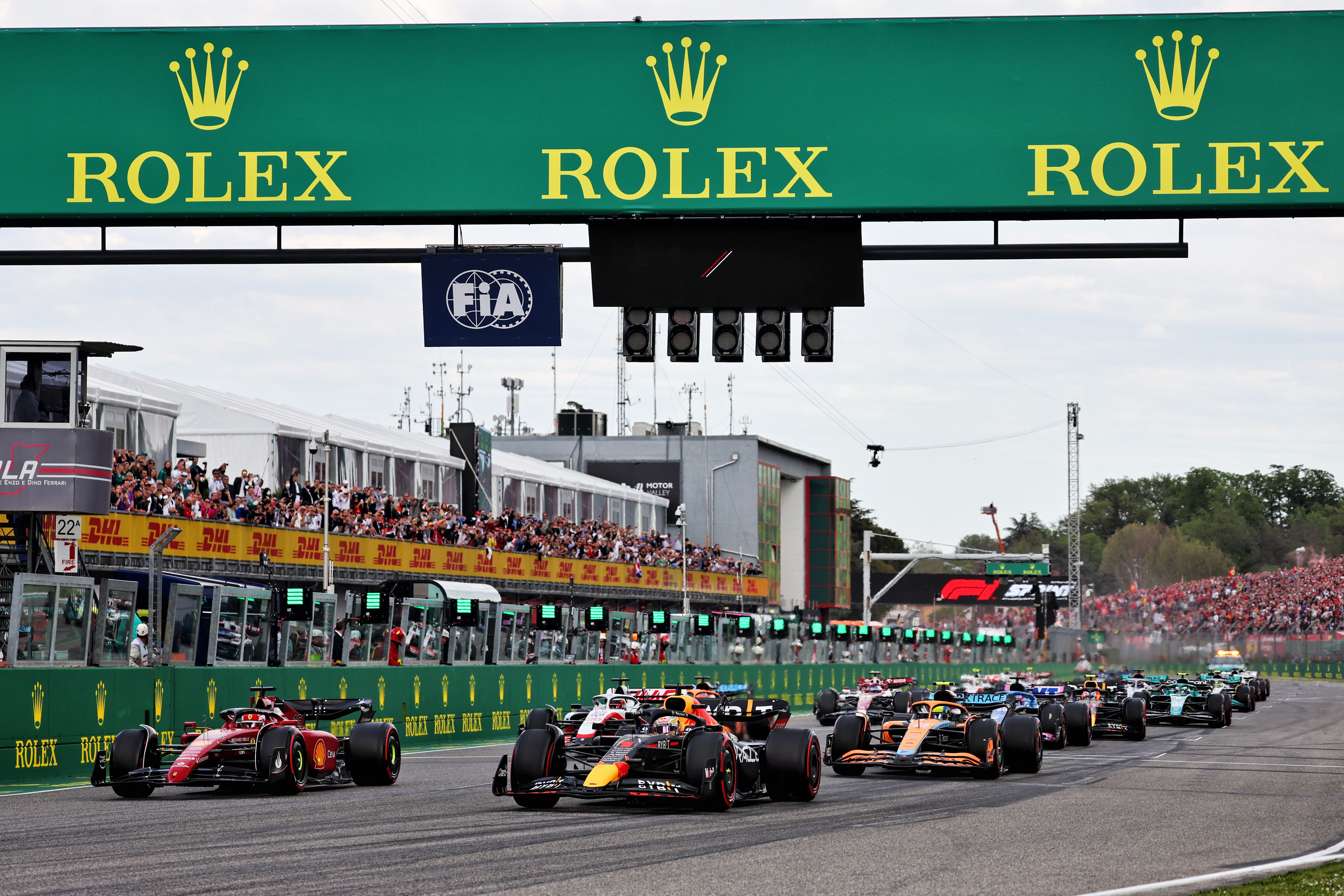
It was a decent spectacle, but that was entirely circumstantial – the direct consequence of a mixed-weather qualifying and the quickest car/driver being overtaken off the line.
The sprint weekend’s biggest draw remains the fact that it makes Friday less of a crushing, practice-filled bore – and it does lose some points for then having a Saturday practice session that nobody particularly cares for or seems to need – on a weekend with conventional weather, at least.
There’s still probably better formats out there, but I guess there’s also worse ones, too.
And as for the fact that today’s sprint largely negated a mixed-up grid, at least for Perez and Sainz – well, they would’ve likely produced the exact same charge in the first stint of a conventional Sunday race, so we might as well get that over with and have them closer to the battle for victory. It might not be the most sporting outcome, but in terms of entertainment, I can’t imagine anything was lost.
Great Imola sprint makes the case for reverse grids
Jack Cozens
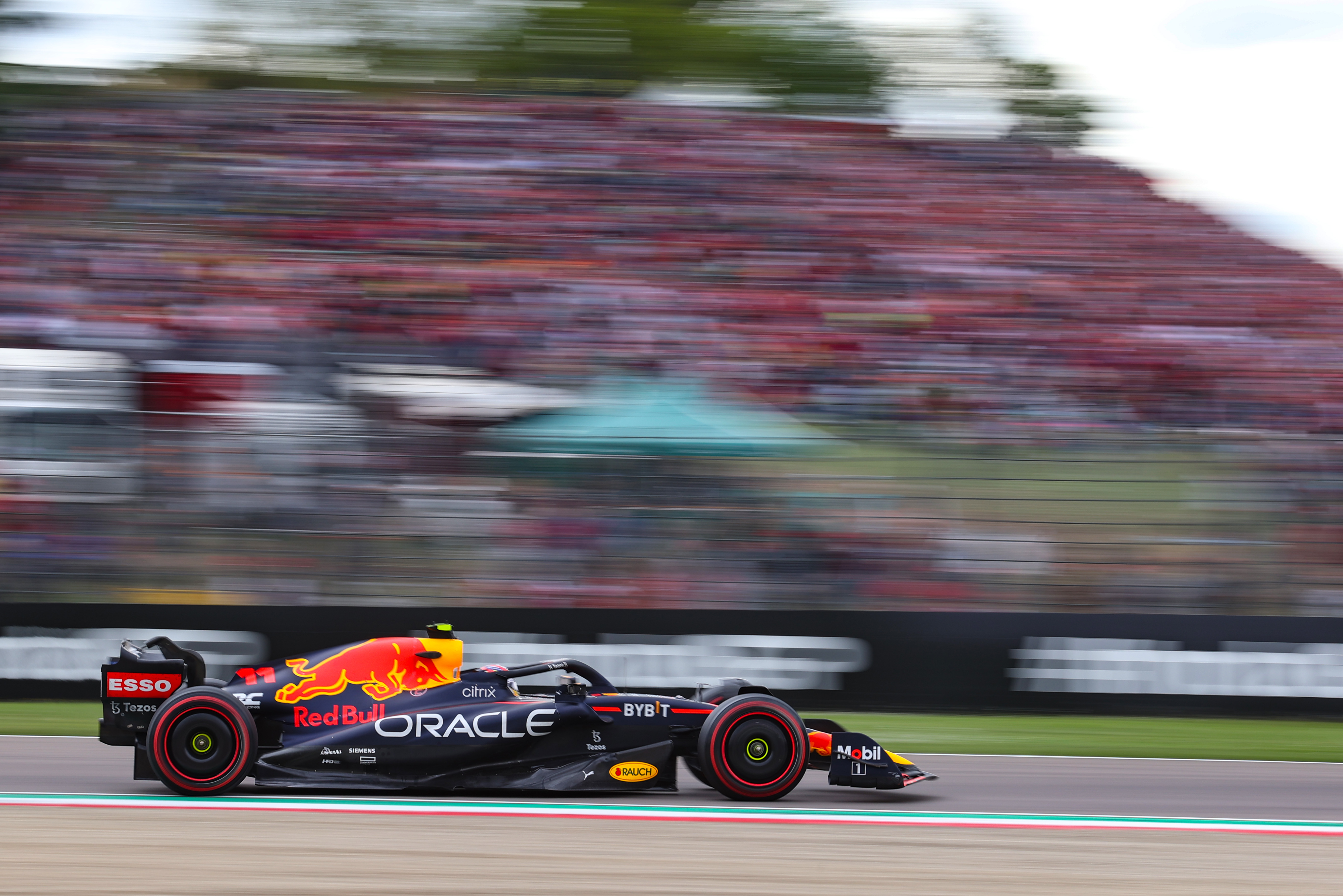
Before I qualify my answer, I did find the sprint race entertaining. It was the best spectacle of the lot so far, despite Lewis Hamilton’s charge in Brazil last year, and it quashed fears about how difficult it might be to overtake in the dry at Imola.
But just as was the case with Hamilton’s Interlagos, the advances of Sergio Perez and Carlos Sainz from below-par qualifying positions made the case for using the sprint races to reverse grids – an idea F1 won’t go near.
OK, both Perez and Sainz picked off the pack in good time, and made light work of the opposition as they were carving their way through, but would either of those points have been as pronounced had they been coming from the back of the grid proper, rather than the lower reaches of the top 10? I’m not convinced.
The Imola race proved the sprint format can have a place in F1 (even if the seemingly ever-increasing need to hand out more points grates; a point for another time). But with each of these races, I can’t help but feel F1 is missing out on an even bigger win in its pursuit of the best show possible.
I’m still left wanting more
Josh Suttill
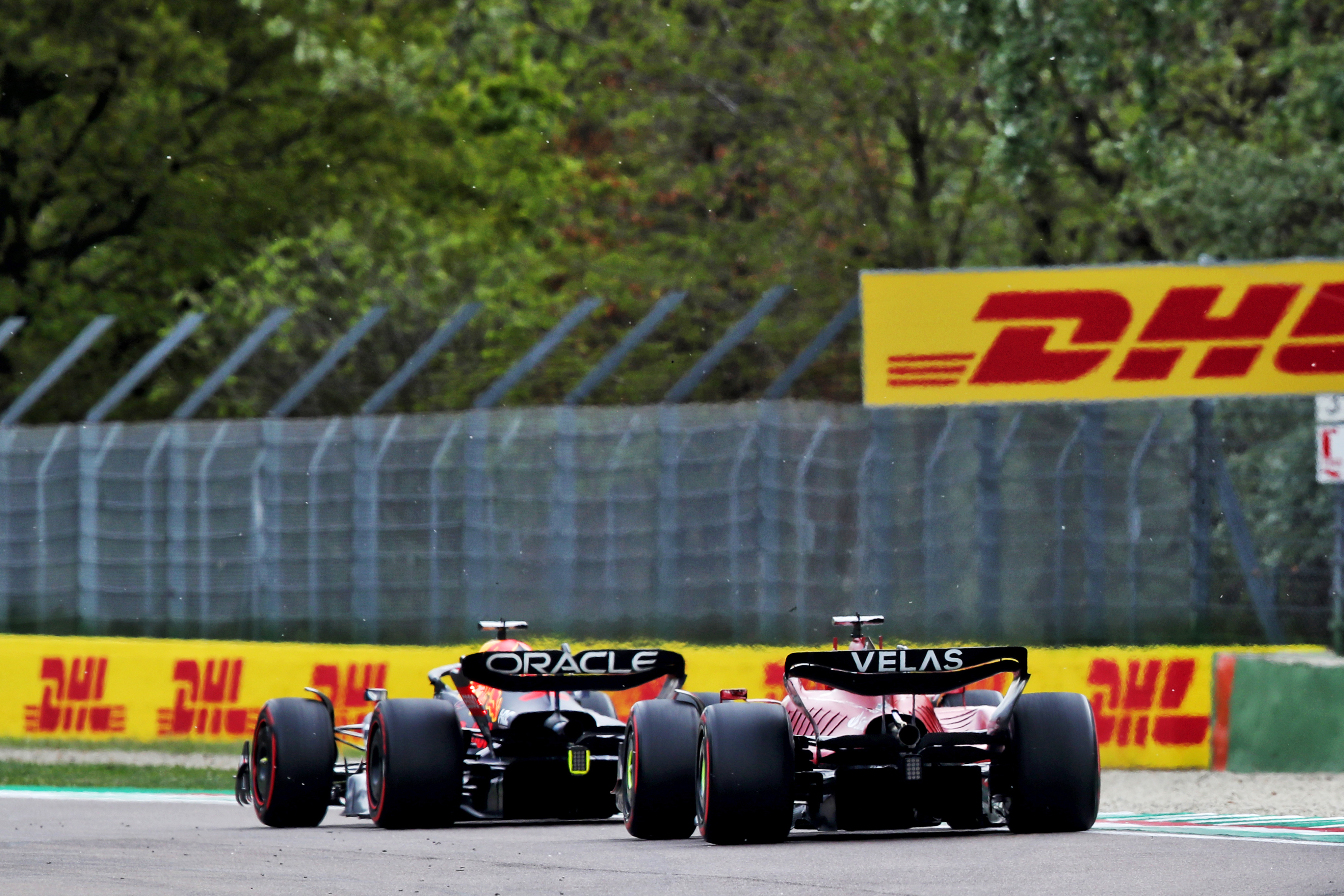
For me, the biggest problem with F1’s sprint races is that they end just as they begin to get exciting.
Leclerc was denied a chance to come back at Verstappen on a different set of tyres, the likes of Magnussen and Alonso were unable to atone for a tricky opening stint and Perez and Sainz didn’t have a hope of joining the lead fight. All the typical intrigue that makes a grand prix worth watching well beyond the excitement of lap but is missing from F1’s sprint races.
Yes, we’ll get those same scenarios resuming in tomorrow’s grand prix but hitting pause on them for 24 hours just feels anti-climatic and jarring.
My personal preference would be for F1 to ditch the sprint format, but if it remains, then extending the sprints by an extra 10 or 20 laps would at least allow more intrigue to build.




